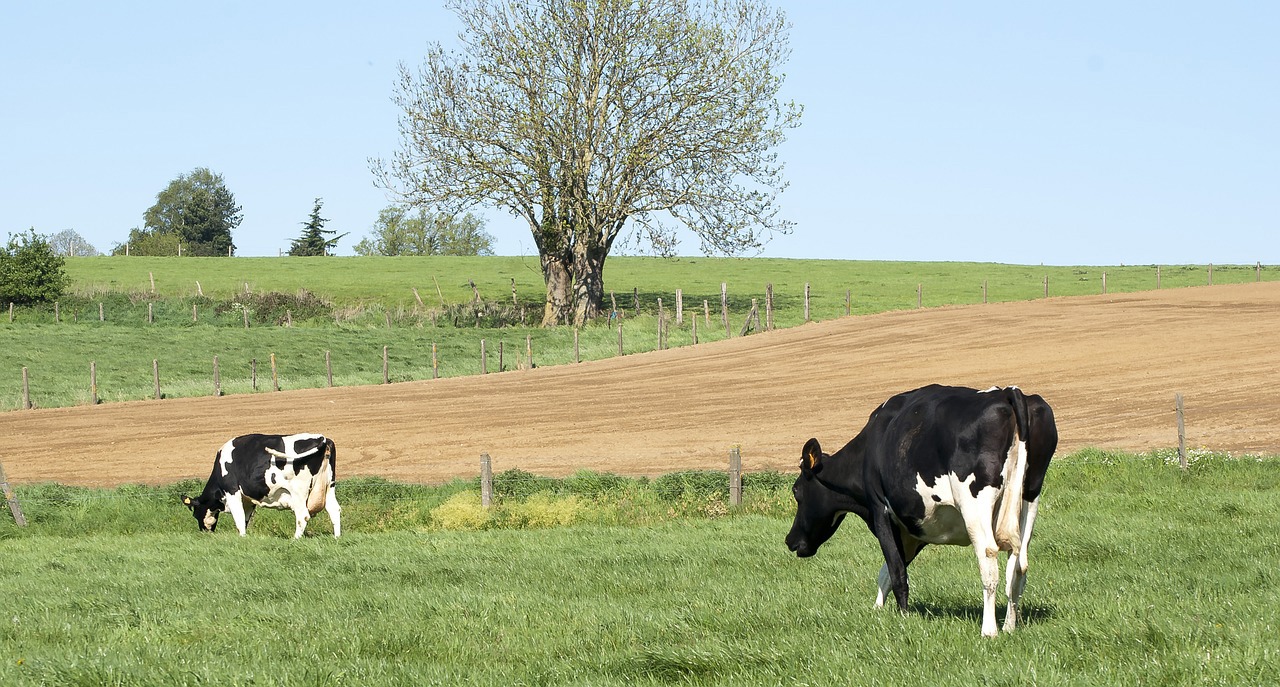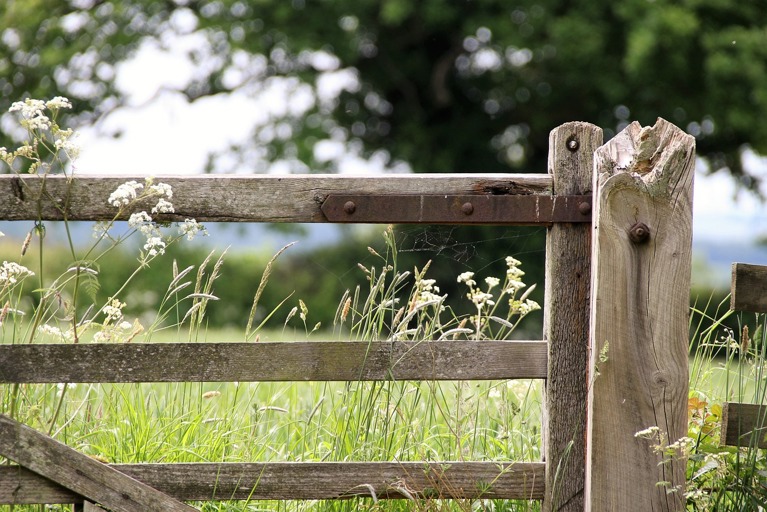Dairy industry's Moving Day: 8 ways tech makes this easier
Simplifying moving day in the dairy industry with digital solutions
Biosecurity
Compliance

The following is general information only and not intended to replace official industry regulations or best practices.
The 1st of June is Moving Day in the dairy industry across New Zealand. That means lots of dairy farmers move their animals and machinery to new farms. It’s always been a bit worrisome because of the risk of spreading diseases and other biosecurity issues. It’s a real headache to coordinate everything properly. But with tech advancements, we can make Moving Day a whole lot easier. Let’s have a look at what you can do using digital solutions on this day.
Moving Day is one of the most important times on the dairy farmer’s calendar; it’s estimated that 5,000+ farmers pack up and move to new properties over this period. Along with them are many more cattle. While it’s commonly known as Moving Day, this shift can take days to complete.
1) Cattle tracing and identification with an RFID reader
The National Animal Identification & Tracing programme is a requirement in New Zealand for cattle owners. Operational Solutions for Primary Industries (OSPRI) identifies the four drivers of NAIT as biosecurity, food safety, market assurance and animal health.
This is done with an ear tag that identifies each cow with registration details that are recorded in a database. These RFID numbered tags can be read with an RFID scanner for efficient maintenance and recording. On Moving Day, these NAIT details are also used to record animal movement from the existing property to the new one, with the date and details of the move.
Farmers may find a portable RFID scanner makes the process of recording details much faster than doing so manually.
2) GPS Ear Tag to track and trace your herd
For some farmers, the benefits of knowing where the herd is at any time is worth the investment for GPS-equipped tags. While not a requirement, having cattle tracking to this level can help ensure every last animal is accounted for leading up to, during and after the move.
It’s not a replacement for NAIT tags, but GPS-equipped ear tags offers useful additional management functionality such as regular location updates, geofencing alerts and satellite-based tracking.
3) Drones for herding and monitoring
Drone technology has become progressively more sophisticated, affordable and popular. On the farm, drones have become popular with some dairy farmers looking for ways to monitor where their cattle are and their movements. They’re also being used to help with herding alongside more traditional practices.
Leading up to and during moving day, farmers may look to drones to ensure their livestock are all in the right place. This technology is especially useful for:
-
any areas that are difficult for farmers and dogs to reach,
-
assessing new pasture and farms for access points and herd suitability, and
-
remote areas with limited GPS-based cellular coverage.
4) Automate milking systems to prepare for transport
One of the important factors in preparing cattle for a comfortable transport from farm A to farm B is making sure all lactating cows are milked prior. The AMS is an incredible robotic and sensor technology that can automate the milking process, helping to comfortably connect suction, feed the animal, assess the milk quality and so on.
These systems help cows voluntarily access the milking, which can reduce the amount of manual milking required during what’s a busy time.
Did you know?
1st of June is also World Milk Day as well, an internationally shared recognition of the global importance of milk. It was established by the UN in 2001. So, the start of Winter is a biggie for our dairy industry in more ways than one!
5) Health detection and data collection
Preparing for a successful moving day demands that animals are healthy and ready to be transported.
On-body wearables aren’t just for locating cattle, but can help detect health issues by monitoring temperature and eating habits. Having these issues identified and addressed early on can help keep the herd safer and avoid delays on Moving Day.
6) Improve task management and team communication
With all the fine detail and sheer number of jobs that a farmer, contractor, sharemilker and others need to do, it can be hard to do everything manually.
Task management across a team that’s spread across farms during and after Moving Day can be easy with digital task management tools.
Onside’s Job Management feature found within our mobile app is an easy to use solution where farmers can create and assign all the tasks leading up to Moving Day. It’s great for the people in charge to see who’s checked in and what jobs they’re doing, keep track of tasks, and mark jobs as high risk.
7) Mapping the old and new property
With an aerial view of the property, key access areas and other important information, everyone can reference where they and cattle are coming from and going.
Trying to outline this manually can be tricky, which is why many Kiwi dairy farmers use Onside that includes excellent mapping technology. Using the address of a property and set boundaries, the team can quickly identify where they need to be for what tasks.
Come moving day, the whole team including contractors can efficiently get where they need to be, right down to GPS pinpoint locations.
8) Protecting your farm from biosecurity threats
Perhaps the biggest concern of farmers and the industry during Moving Day is the potential for diseases to spread. The NAIT system mentioned earlier is a key element of this, but protection from diseases starts at the border – both of New Zealand and at every farm. How well a dairy farm protects its own boundary from the introduction of diseases or pests will go a long way to determining how safe its own move of equipment and livestock are for the new property.
With farm management solutions such as Onside, you can include biosecurity questions, rules or steps for workers to follow before entering the farm. These questions offer simple yes/no answers around key biosecurity concerns such as effective sanitisation of boots, tyres and tools or previous contact with other properties or animals.
All managed within the Onside app, designated managers of your dairy farm will be alerted to any unwanted answers for necessary steps to be taken.
Make this moving day (and future moving days) easier with Onside. If you’d like to learn more about Onside for farmers and growers, check out our features page where you can dive into each function in more detail. If you’re keen to ask our team questions about how Onside could help your farm specifically, book a demo.
If you're ready to try it for yourself, start your 14 day free trial today.

